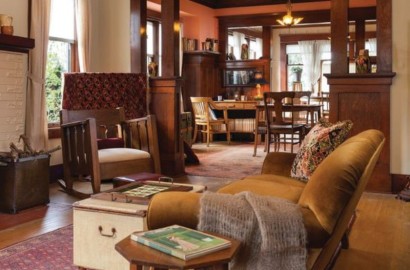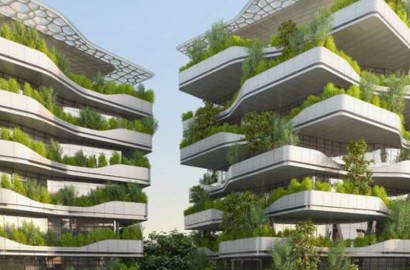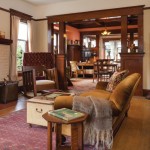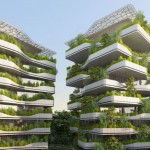Introduction:
As the world grapples with environmental challenges, the building industry is making a crucial shift towards regenerative materials in house design. Unlike traditional materials, which are often finite and resource-intensive, regenerative materials offer a sustainable alternative by replenishing themselves and supporting a healthier ecosystem. But what exactly are regenerative materials, and why are they so important?
What Are Regenerative Materials?
Regenerative materials are those that have the ability to renew themselves naturally over time, reducing the depletion of resources. Bamboo, for instance, is a rapidly renewable material that can be harvested every few years without causing harm to the environment. Similarly, materials like cork and straw have minimal environmental impact and can be replenished easily, making them excellent choices for eco-conscious builders.
Reducing Carbon Footprint
Using regenerative materials in house design significantly reduces the carbon footprint of construction projects. These materials often require less energy to produce and transport compared to traditional options like concrete or steel. By opting for wood from responsibly managed forests or recycled materials like reclaimed bricks, builders can lower emissions and contribute to the fight against climate change.
Circular Design for Less Waste
The shift to regenerative materials also aligns with the principles of circular design, which aims to minimize waste. In a circular economy, materials are reused, recycled, and repurposed instead of being discarded. For example, salvaged timber or recycled metal can be incorporated into new house designs, reducing the need for new resources and cutting down on waste.
A Greener Future
By embracing regenerative materials, we can create homes that don’t just reduce environmental harm but actively contribute to the regeneration of natural systems. From reducing resource consumption to minimizing carbon footprints, this shift represents a necessary move toward a more sustainable and resilient future for house design.
Shifting to regenerative materials isn’t just a trend; it’s a forward-thinking approach that ensures healthier homes and a healthier planet.
Related posts:
Explore the charm of Craftsman homes, renowned for their handcrafted woodwork and built-in furniture that blend beauty with functionality.
In an age where sustainability is more than a trend, eco-modern design has emerged as a powerful movement in architecture and construction. This innovative approach combines the minimalist elegance of modern design with environmentally conscious building practices.


 Craftsman Homes: Celebrating Handcrafted Woodwork and Built-In Furniture
Craftsman Homes: Celebrating Handcrafted Woodwork and Built-In Furniture
 Eco-Modern: Merging Modern Design with Sustainable Building Practices
Eco-Modern: Merging Modern Design with Sustainable Building Practices
 Exclusive Listings: Elevate Your Real Estate Portfolio with Luxury Properties
Exclusive Listings: Elevate Your Real Estate Portfolio with Luxury Properties
 Crowdfunding Platforms: Promote Real Estate Crowdfunding Opportunities
Crowdfunding Platforms: Promote Real Estate Crowdfunding Opportunities
 Listing Syndication: Syndicate Listings across Multiple Real Estate Websites
Listing Syndication: Syndicate Listings across Multiple Real Estate Websites
 3D Property Walkthroughs: Enhance Online Listings with 3D Tours
3D Property Walkthroughs: Enhance Online Listings with 3D Tours